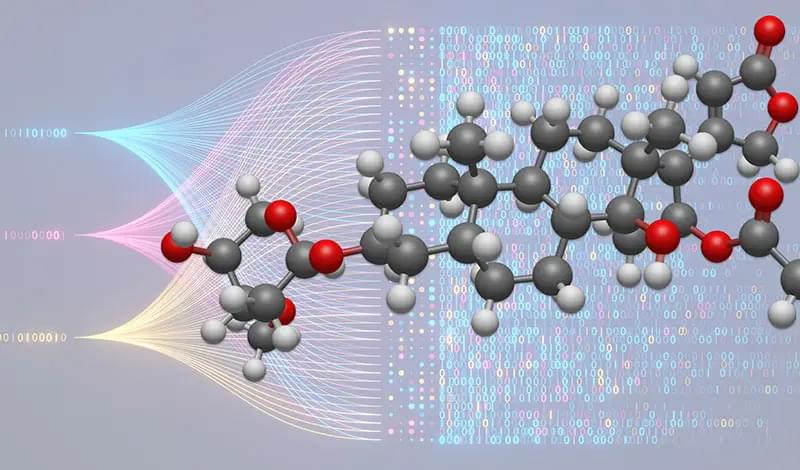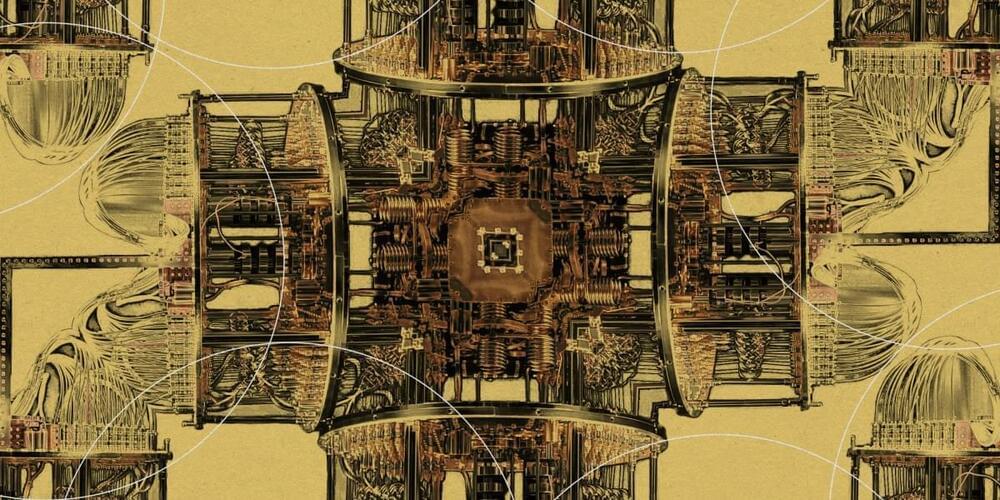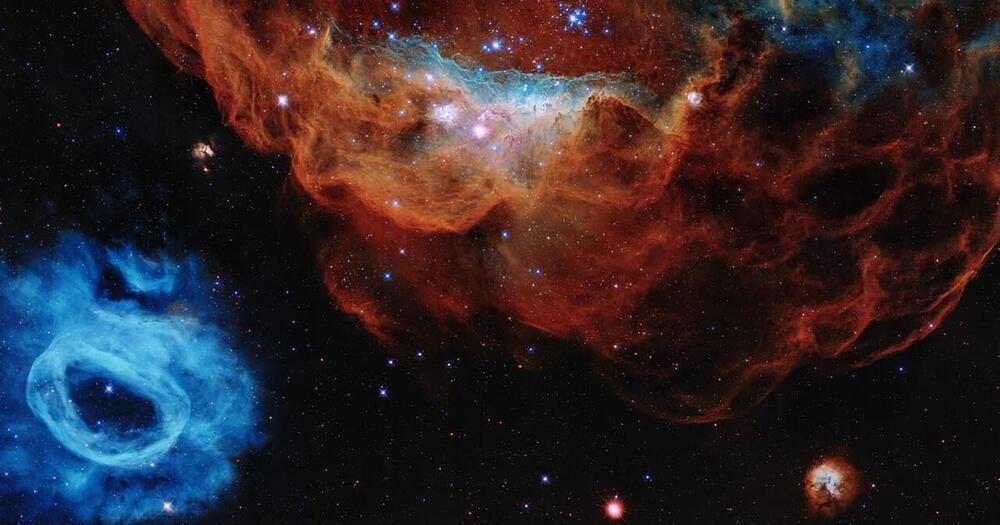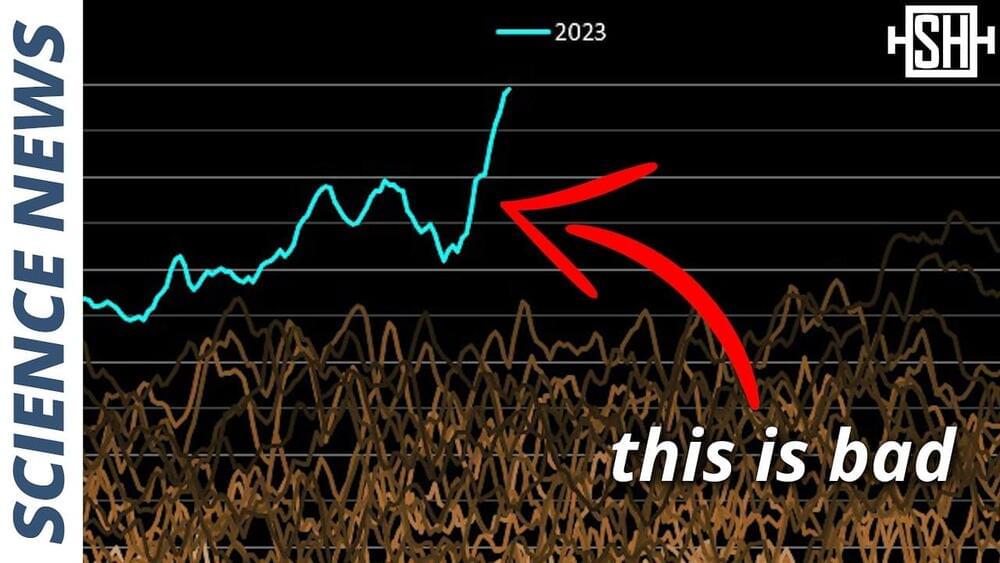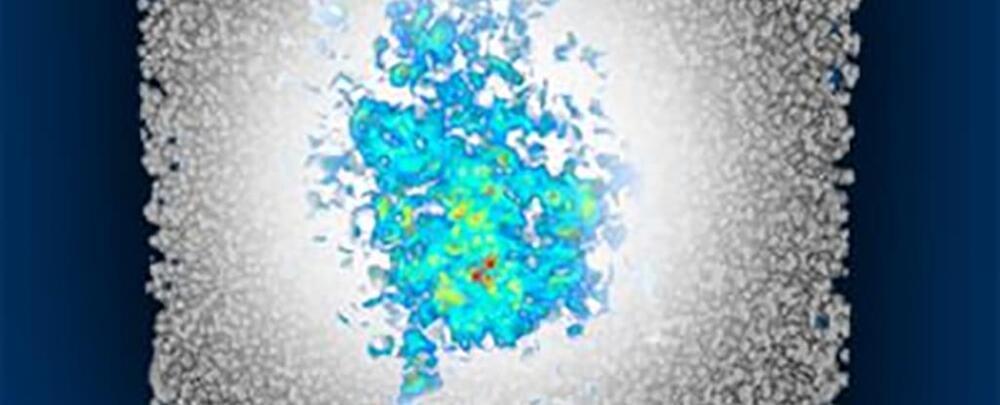Jun 21, 2023
AI finds potential anti-aging molecules
Posted by Will Fox in categories: biotech/medical, chemistry, life extension, robotics/AI
This study demonstrates that AI can be incredibly effective in helping us identify new drug candidates – particularly at early stages of drug discovery and for diseases with complex biology or few known molecular targets.
A machine learning model has been trained to recognise the key features of chemicals with senolytic activity. It recently found three chemicals able to remove senescent cells without damaging healthy cells.
Molecular structure of oleandrin. Credit: Mplanine, CC BY-SA 4.0, via Wikimedia Commons.
Continue reading “AI finds potential anti-aging molecules” »
